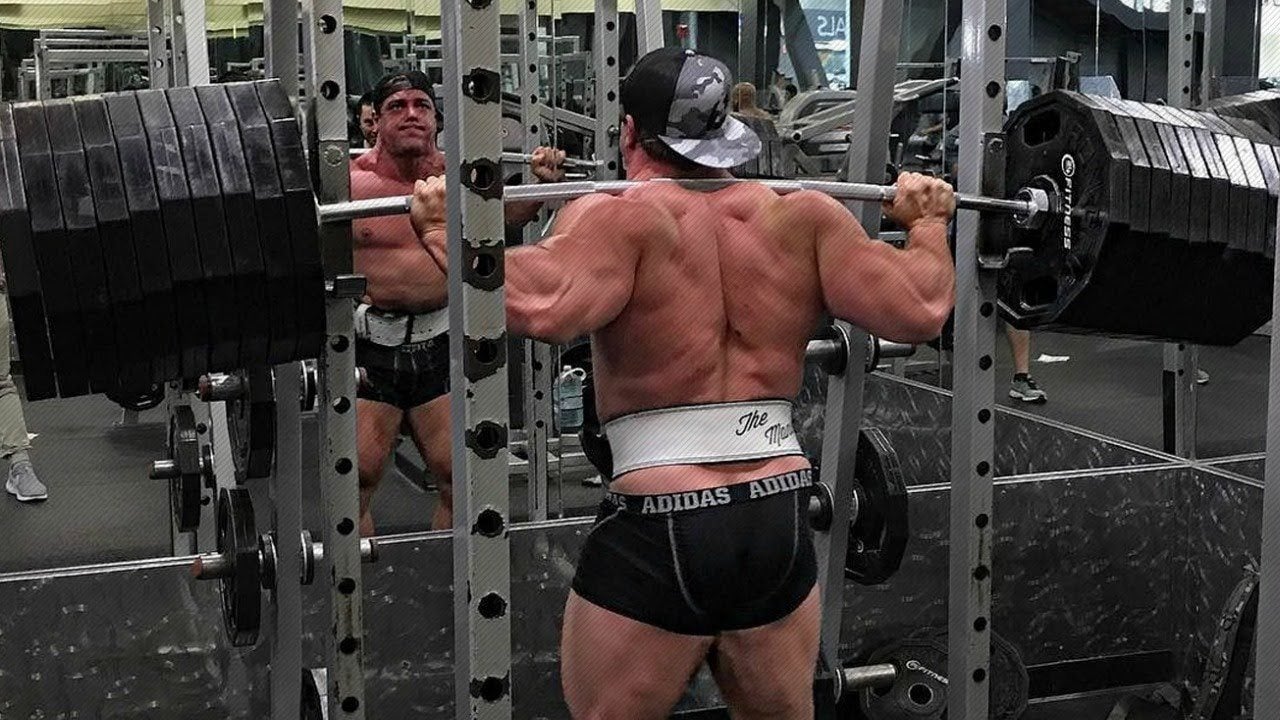On Instagram you see fitness models that apparently have a sixpack year round, yet still party every weekend. You see people that are able to bench press twice their body weight effortlessly, with a one-digit body fat percentage. When asked how these people have achieved these feats, they usually point out basic things: training and genetics. Yet the answer is much simpler: the truth is that steroid use, photoshop and fake weights are far more common than you think. In this article I want to show you all of the former, so you know that you aren’t setting unrealistic standards for yourself.
Why fitness figures on Instagram can’t be trusted
Apparently Ben Affleck gained more than 30 pounds of lean muscle for his role in Batman vs. Superman. While such feats of human recomposition are awesome, they’re most likely a huge exaggeration. Yet the old saying holds true: sensationalism sells. You’re far more likely to talk about the guy that has bench pressed 450 pounds with ease, than the one guy struggling with 225 pounds. For most fitness professionals, Instagram is a great marketing tool to sell their services. Instagram is part of their business model. The Instagram marketplace is extremely crowded, to elevate yourself from the crowd you need to be extraordinary. Yet the truth is, most people are average. To still get your own share of social media fame, which can be translated to money, you will need to use: fake weights, steroids or Photoshop.
The use of fake weights
I’ve always asked myself why people with the same height and weight as me can be so enormously strong on Instagram. While factors such as genetics and lean body mass play a huge role in strength development, more often than not people simply use fake weights. The use of fake weights has risen in popularity over the last 6 months. You can buy weights starting at 60 dollars. While fake weights are used pretty often on the social media, a person that has been called out publicly for using fake weights is Brad Castleberry.[1] The strongman on Instagram is apparently squatting 800+ pounds here with ease.
The use of steroids
After finishing a course in fitness training about one year ago, a friend of mine, also a fitness coach, and I rode the train home together. He told me that he’s looking to burn extra body fat this summer. He casually remarked that he’s losing the body fat using a substance called ephedrine. Ephedrine is a prohibited stimulant, according to the World Anti Doping Agency.[2] My friend just casually remarked to me that he’s doping. After discussing with him the severity of his decision, he wasn’t faced at all. He simply stated that he wants to try out doping itself and that everyone is doing it anyway. He got a point. Plenty of trainers that I know are on gear or have used it before in their lifetime. While steroids are a daily staple in most professional athletes, there are certain individuals that push it to the extremes:
The need of Photoshop
I had a professional photoshoot for my website. After my designer showed me the final results, he added that he replaced the head of one of my cover pictures. With the help of Photoshop, he cut my head off in another picture, and added it to the picture that he found most suited for my website. This way my cover picture had the best of both worlds: a good head and a good body. After having a good laugh with my website designer, I realized that Photoshop is a necessity nowadays. Photographers heavily depend on using Photoshop to sell their pictures. Companies depend on photoshop to sell their products. The picture-editing is common in fitness figures on Instagram. The more your body stands out, the more you’re able to sell your products. One person that got caught photoshopping his pictures was Devin Zimmerman, aka devinphysique.[3] His Online Coaching company made nonetheless, according to his assistant, over $1,000,000 in 2016.
The aim of this article should not be to publicly shame any individuals. I published this article because I’m aware of the frustration that I’ve felt when I’ve compared myself to people on Instagram. If Instagram is inspiring you, I’m the last one to tell you that you should stop checking it regularly. More than 90% of the stuff that you see on Instagram, is fake. If Instagram is a source of frustration for you, you should know that fake weights, photoshop and steroids are more common than you might think. Featured photo credit: finda via finda.photo

